This is a question that many pet owners ask when they get their first turtle. The answer isn’t as straightforward as you might think, and there are some important things to consider in order to ensure your turtle has the best possible diet.
Turtles can be either omnivorous, herbivorous, or carnivorous depending on the species of turtle and its individual dietary needs. below we’ll explore what turtles eat, how much should be fed each day, what good foods for them are available, and which ones should be avoided at all costs – so you can keep your pet healthy!
What Do Turtles Eat?
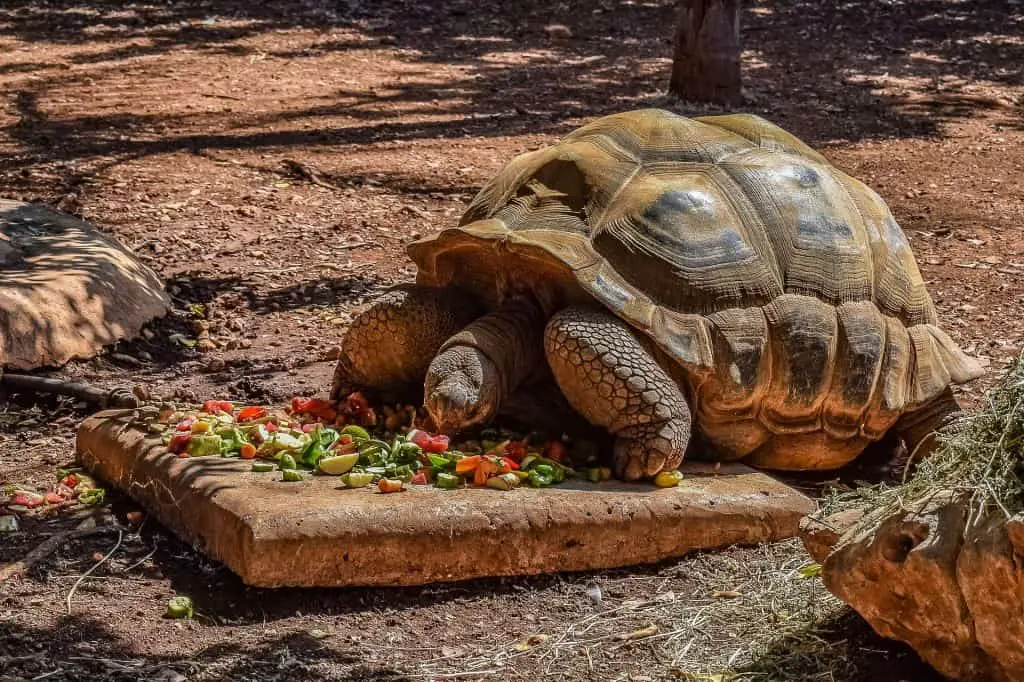
They feed on a variety of items such as insects, worms, fish, crustaceans, mollusks, aquatic plants, fruits, and vegetables.
Insects like crickets and mealworms make up a large part of the turtle’s diet in the wild. These can be supplemented with store-bought treats such as freeze-dried shrimp or krill. Commercially prepared foods designed specifically for turtles are also available at pet stores and online retailers.
Fish is another important food source for turtles in the wild. Smaller species may feed on minnows while larger ones may consume goldfish or guppies. Fish should not be given to young turtles because their digestive systems cannot handle it yet; wait until your turtle is at least two years old before introducing fish into its diet.
Crustaceans like prawns and shrimps are also popular among turtles in the wild; these can easily be purchased from most supermarkets or seafood markets if you don’t want to catch them yourself. Mollusks like snails and clams provide an additional source of protein that many turtles enjoy eating as well.
Aquatic plants form an important part of a turtle’s diet too; some favorites include duckweed, water lettuce, and elodea (anacharis). Fruits such as apples or melons can also be offered occasionally but should never replace more nutritious plant matter found naturally in their environment – this could lead to health problems down the line.
How Much Should I Feed My Turtle?
When it comes to feeding your turtle, the amount you give depends on its size and age. Generally speaking, an adult turtle should be fed every other day with a portion size that is equal to the size of its head.
For hatchlings and young turtles, they will need more frequent feedings than adults as their growth rate is much faster. You can start by offering them food once or twice a day in small amounts that are no bigger than the size of their heads. As they grow older, you can reduce this frequency until they reach adulthood when you can switch to every other day feedings.
It’s important not to overfeed your turtle as this could lead to obesity which can cause health problems such as shell deformities and metabolic bone disease. If your turtle has stopped eating for several days or appears bloated after meals then it may be time to cut back on how much food you’re giving them.
In addition to controlling portion sizes, it’s also important that you provide your pet with a balanced diet full of nutrients like calcium and vitamins A & D3 which are essential for healthy bones and shells. This means providing them with both plant-based foods like leafy greens (e.g., kale) as well as animal proteins such as crickets or worms if available in your area.
It’s best practice not only to vary what types of food but also to rotate through different brands so that all nutritional needs are met without any deficiencies occurring over time due to a lack of variety in dieting habits.
Key Takeaway 💭
Some turtle species are omnivores, needing both plant-based and animal proteins in their diet. Feed them a balanced diet with portion sizes equal to the size of their head and provide clean water at all times. Vary up food types and brands for optimal nutrition.
What Are Some Good Foods For Turtles?
A good diet for turtles includes dark leafy greens such as kale and collard greens; vegetables like squash and carrots; fruits like apples and strawberries; cooked meats like chicken or beef; live foods like crickets or mealworms; and commercial turtle food pellets.
Dark leafy greens provide essential vitamins, minerals, fiber, antioxidants, protein, calcium, and other nutrients that are important for a healthy turtle diet. Feeding your turtle these types of vegetables will help keep them strong and healthy. Try to mix up the types of veggies you offer so your pet can get a variety of nutrients from different sources.
Fruits should be offered in moderation since they contain more sugar than other foods on this list. Apples make a great snack for turtles as long as they’re cut into small pieces first so your pet doesn’t choke on them. Strawberries are also an excellent source of vitamin C which is beneficial to their overall health.
Cooked meats such as chicken or beef provide protein which helps with growth and development in young turtles while helping adults maintain muscle mass throughout their lives. Make sure any meat you feed is chopped into small bite-sized pieces before giving it to your pet so they don’t choke on it.
Live foods such as crickets or mealworms offer additional nutrition that may not be found in plant-based diets alone. These insects provide essential proteins that help boost energy levels in adult turtles while aiding in growth for younger ones too. Just make sure to only give what your pet can consume within 10 minutes at most – any leftovers should be removed from the tank afterward to prevent overfeeding or contamination issues later down the line.
Commercial turtle food pellets are specially formulated with all the necessary vitamins, minerals, proteins, etc., needed by turtles for optimal health. Just remember to follow package instructions when feeding these products. Additionally, supplementing with occasional treats such as boiled eggs (no shell) every now and then is fine but should never replace regular meals altogether since this could lead to nutritional deficiencies over time if done incorrectly.
What Foods Should I Avoid Feeding My Turtle?
Processed foods such as chips and candy contain high levels of fat and salt which can be unhealthy for turtles. Turtles also cannot digest raw meat or fish, so these should not be given to them.
Fruits and vegetables can provide important vitamins and minerals for your turtle’s diet but some may contain toxins that could harm them if eaten in large quantities. For example, onions have a compound called thiosulphate which is toxic to turtles if ingested in large amounts. Similarly, tomatoes contain solanine which can cause digestive issues if consumed too often by turtles.
In addition to avoiding certain fruits and vegetables, it is best practice to stay away from giving wild plants or flowers to your pet turtle as they may have been exposed to pesticides or other chemicals that could make them sick when ingested. It is always best practice to research what types of food are safe before introducing something new into their diet.
It is important to know what foods to avoid when feeding your turtle, as some can be dangerous or even fatal. Now that you understand the types of food turtles should not eat, let’s move on to learning how to tell if your turtle is healthy.
How Can I Tell If My Turtle Is Healthy?
It’s important to check your turtle regularly for signs of health. A healthy turtle will have bright eyes, clear skin without any lesions or discoloration, and a firm shell with no cracks or soft spots. If you notice any changes in your turtle’s appearance it’s important to take them to a veterinarian for a checkup right away.
Eyes: Healthy turtles should have bright eyes that are free from discharge or cloudiness. Cloudy eyes can be an indication of eye infections, which need to be treated promptly by a vet.
Skin: Turtles should have smooth and supple skin without any redness, bumps, cuts or other lesions on their body. Discolored patches could indicate fungal infection while bumps may signal the presence of parasites such as mites or ticks.
Shell: The shell should be firm and solid with no cracks or soft spots on it – these can indicate bacterial infections that require veterinary attention immediately if left untreated they can cause serious damage to the internal organs of the turtle.
Activity Level: When handled gently turtles should be active and alert; sluggish behavior could mean that something is wrong with your pet so it’s best to take them in for an examination if this occurs suddenly.
Overall Appearance: Your turtle should look well-fed but not overweight, as obesity can lead to many health problems including metabolic bone disease which affects their ability to move around properly due to its weakening effect on bones and joints over time. Additionally, keep an eye out for any unusual behaviors such as lethargy or hiding more than usual, which could also point towards underlying medical issues needing treatment by a vet professional as soon as possible.
Key TakeAway 💭
Turtles should have bright eyes, clear skin without any lesions or discoloration, and a firm shell with no cracks or soft spots. Signs of poor health can include cloudy eyes, redness on the skin, bumpslesions, cracked shells, and lethargy. Be sure to take your turtle to the vet if you notice any changes in its appearance or behavior.
FAQs
What types of turtles are herbivores?
There are several species of turtles that are considered to be herbivores, meaning they primarily feed on plants. These include the red-eared slider, painted turtle, and musk turtle. The box turtle is also a herbivore but it does occasionally eat insects or other small animals.
All these turtles have strong jaws for crushing plant material and long claws for digging up roots and tubers. They all require a diet high in fiber from leafy greens such as kale, collard greens, spinach, dandelion leaves, and romaine lettuce. A variety of fruits can also be offered as occasional treats.
What do omnivore turtles eat?
Omnivorous turtles are opportunistic feeders and will eat a variety of foods. They typically consume plant matter such as aquatic vegetation, fruits, and vegetables. In addition to plants, they also enjoy eating insects, worms, snails, fish, crustaceans and other small aquatic animals.
It is important to provide a balanced diet for omnivorous turtles that includes both animal-based proteins and plant-based carbohydrates in order to ensure their health and well-being.
Conclusion
Turtles are omnivores and require a balanced diet of both plant-based foods and animal proteins. Knowing what to feed your turtle is important for its health and well-being. It’s also important to be aware of the types of food that should be avoided when feeding your turtle. By understanding whether turtles are omnivores, herbivores, or carnivores, you can provide them with the best nutrition possible for their species.
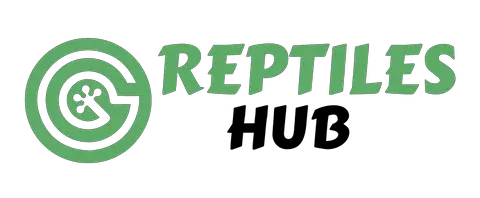
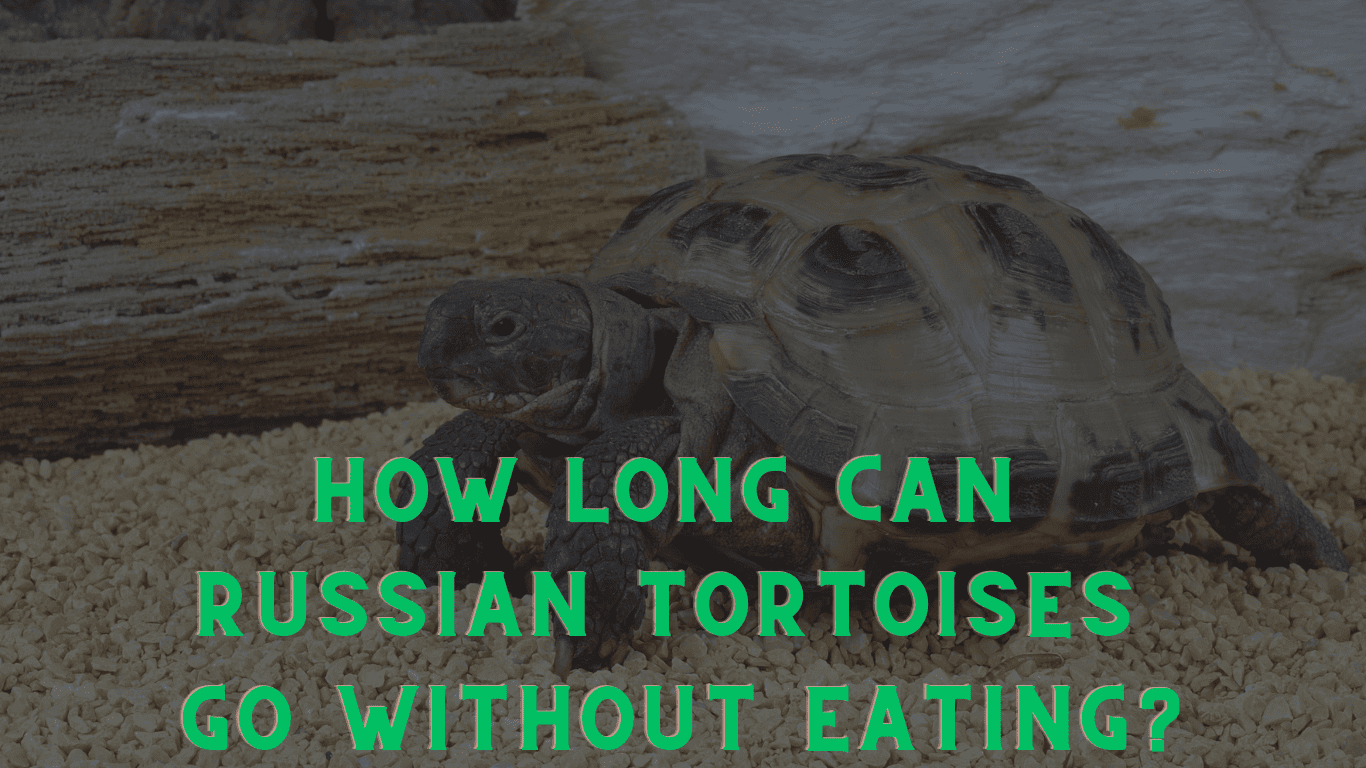
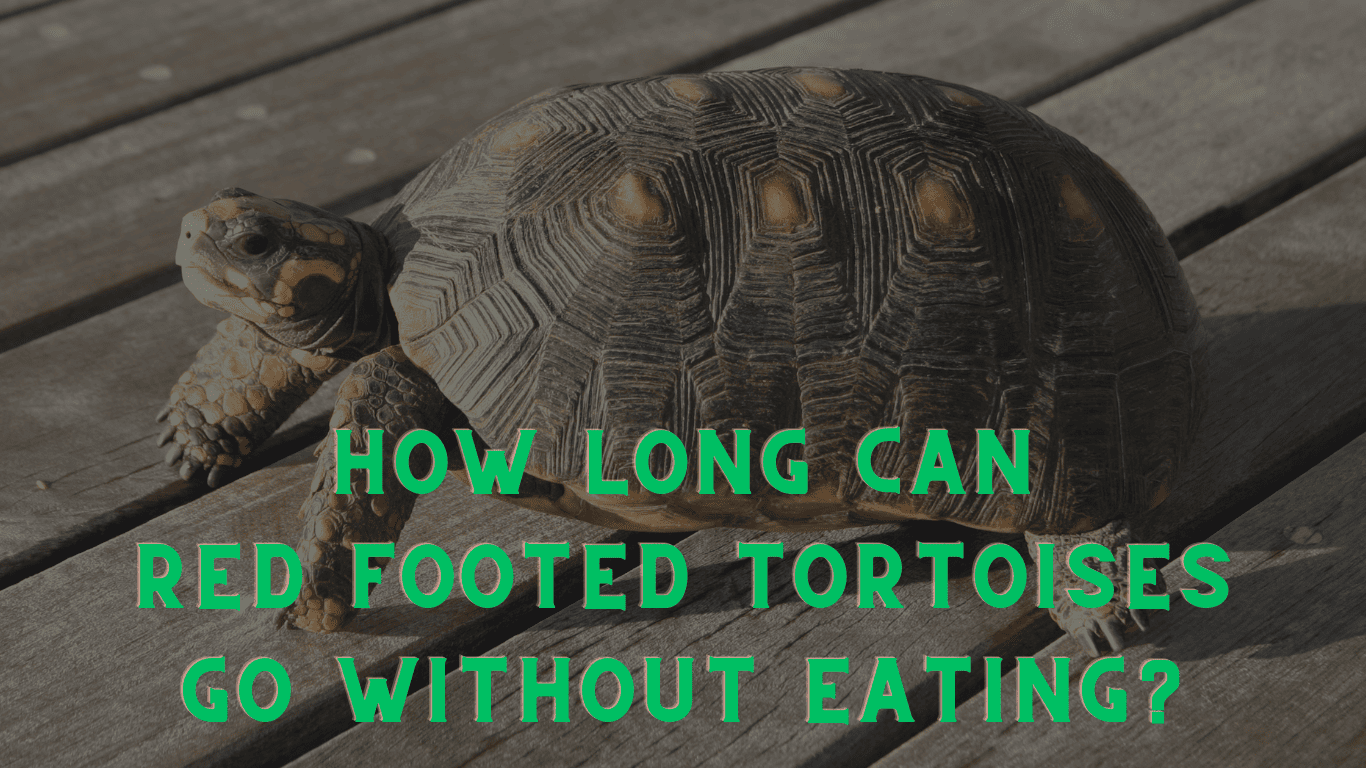
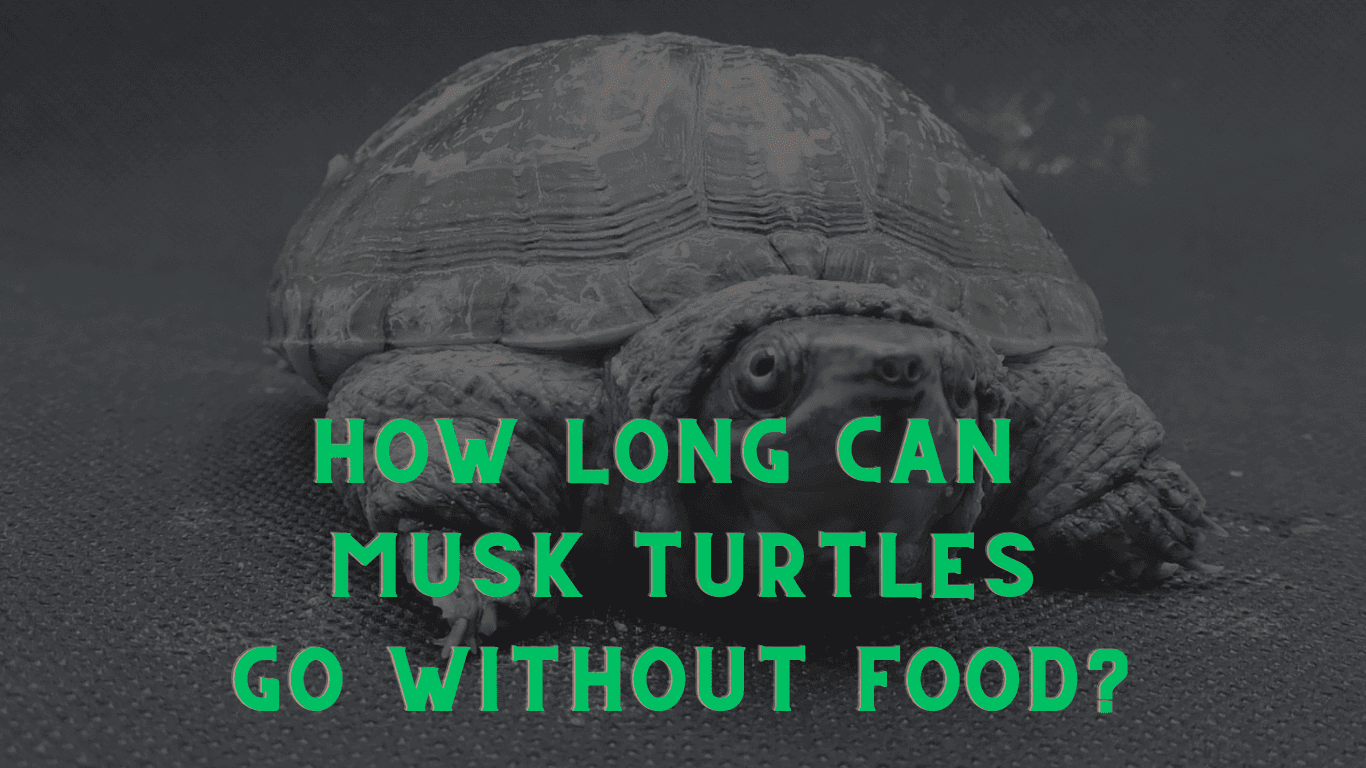
Leave a Reply